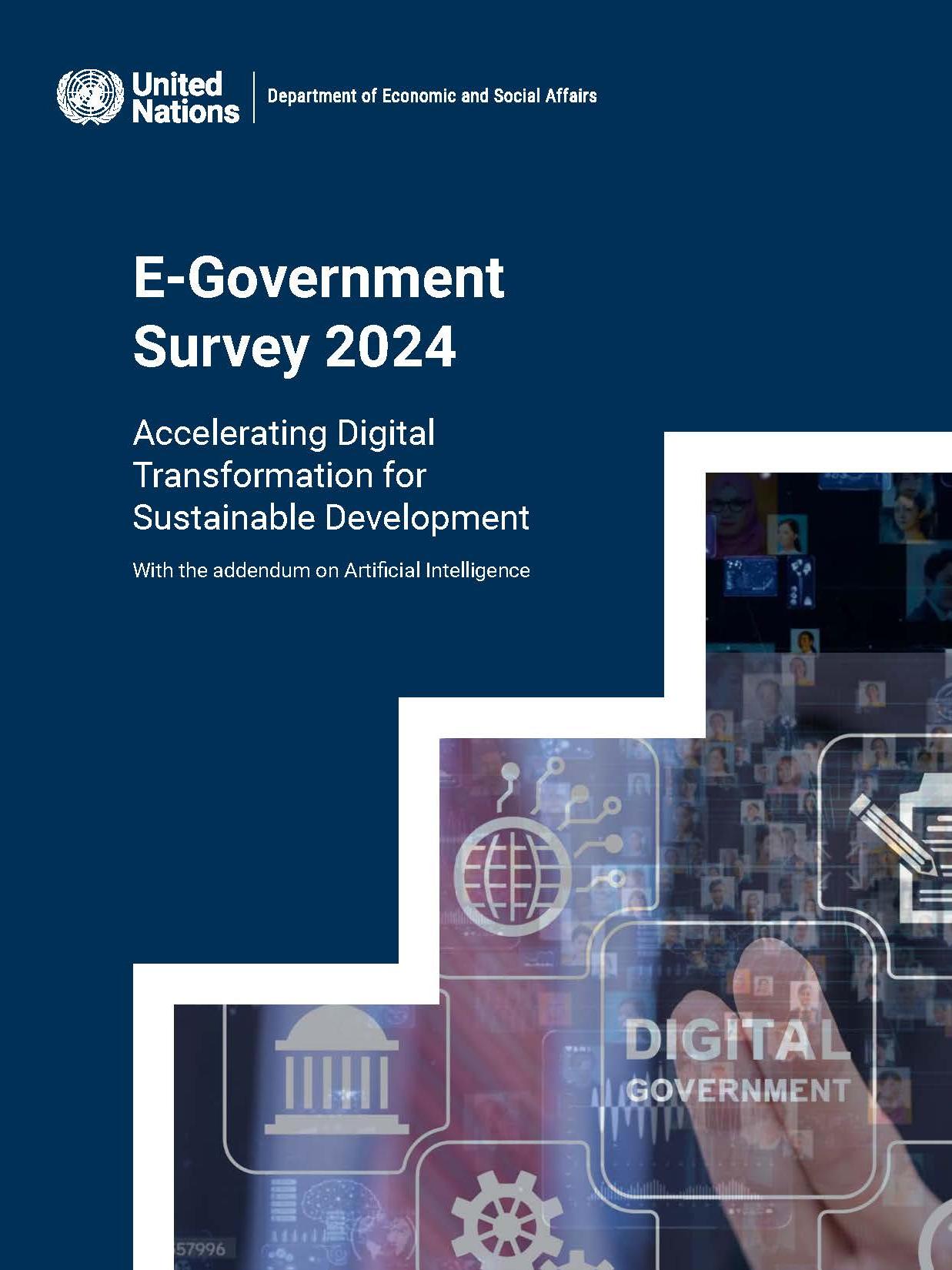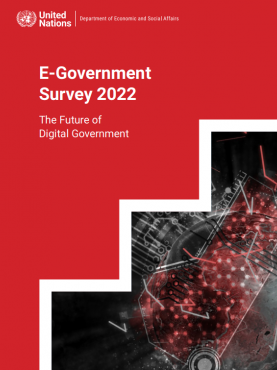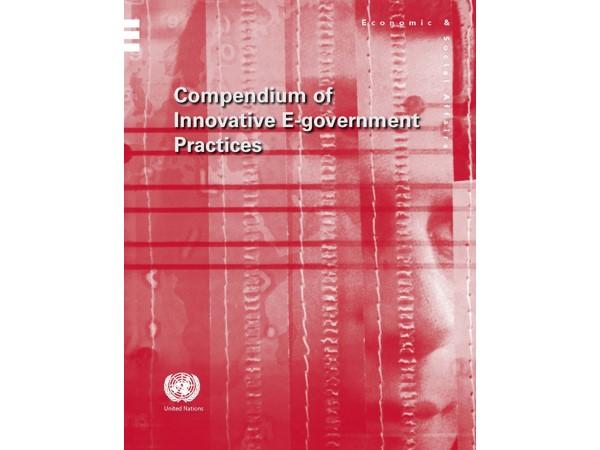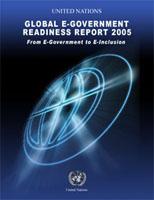| UN E-Government Surveys | Digital Government | Local Governance | Participation and Accountability | Public Institutions
UN E-Government Survey 2024
This thirteenth edition of the United Nations E-Government Survey, released in 2024, provides a comprehensive assessment of the digital government landscape across all 193 Member States. The 2024 Survey highlights a significant upward trend in the…
| UN E-Government Surveys | Digital Government
UN E-Government Survey 2022
The United Nations E-Government Survey 2022 is the 12th edition of the United Nations’ assessment of the digital government landscape across all 193 Member States. The E-Government Survey is informed by over two decades of longitudinal research,…
| Policy Briefs | Digital Government
UN/DESA Policy Brief #123: Sandboxing and Experimenting Digital Technologies for Sustainable Development
From innovation hubs and policy experiments to regulatory sandboxes
Digital technologies carry a promise to fast track sustainable development by supporting innovative, forwarding-looking policies and digital government solutions. There are,…
| Policy Briefs | Digital Government
UN/DESA Policy Brief #92: Leveraging digital technologies for social inclusion
Leveraging digital technologies for social inclusion
Key messages
COVID-19 is accelerating the pace of digital transformation. In so doing, it is opening the opportunities for advancing social progress and fostering social inclusion, while…
| Policy Briefs | Digital Government | Open Government Data
UN/DESA Policy Brief #89: Strengthening Data Governance for Effective Use of Open Data and Big Data Analytics for Combating COVID-19
Strengthening Data Governance for Effective Use of Open Data and Big Data Analytics for Combating COVID-19
Summary
Governments are highly dependent on all data including official statistics, administrative data, open data and big data analytics…
| Compendia | Digital Government
Compendium of Innovative E-Government Practices, Volume IV
In the face of increasing demands on governments to become more effective and efficient, coupled with a need to pay more attention to user needs, governments have been forced to rethink their approach to service delivery. Although many countries…
| UN E-Government Surveys | Digital Government
From E-Government to E-Inclusion
From E-Government to E-Inclusion
The spread of information technologies to a select group of people in the world is worsening disparities between the e-haves and the e-have-nots. There is a danger that unequal diffusion of technology, far from…
 Bienvenidos a las Naciones Unidas
Bienvenidos a las Naciones Unidas





